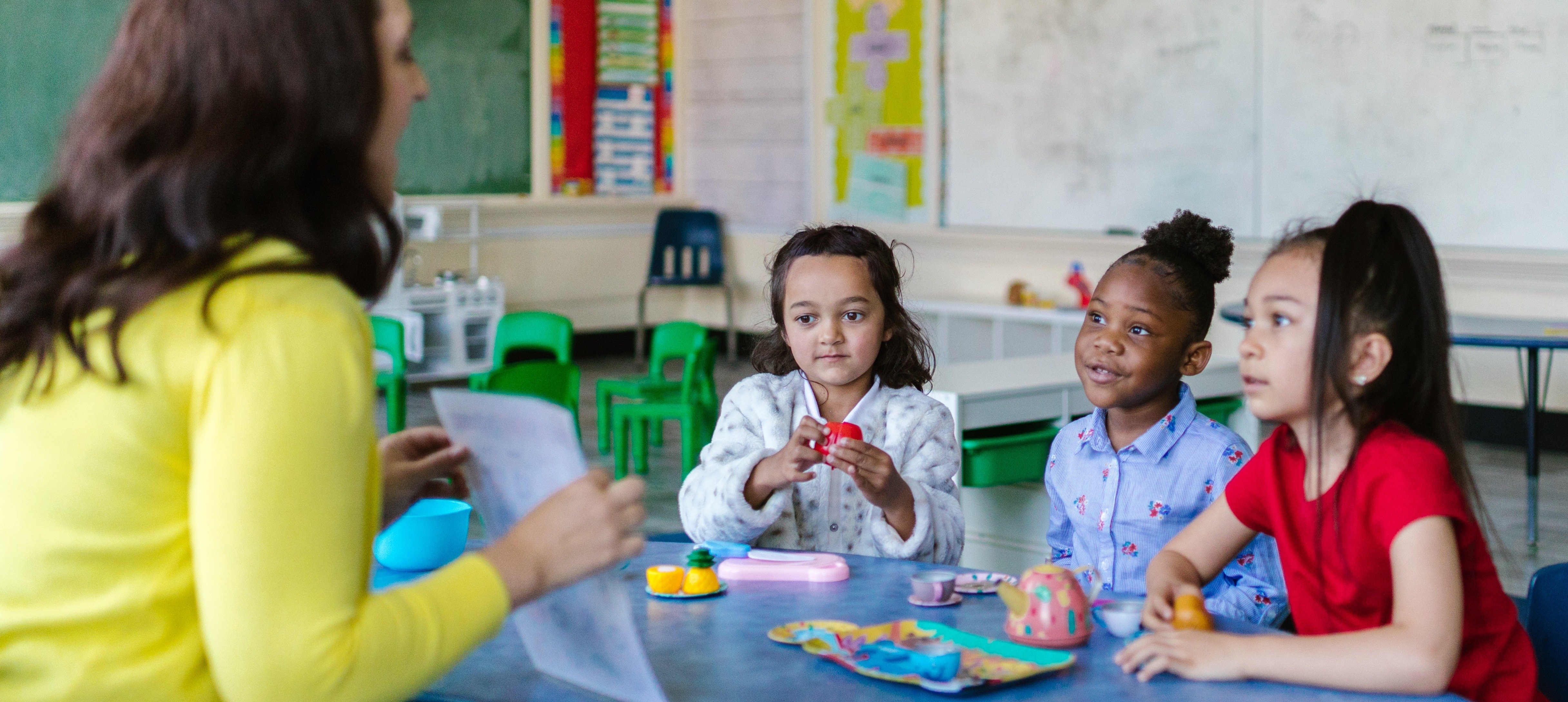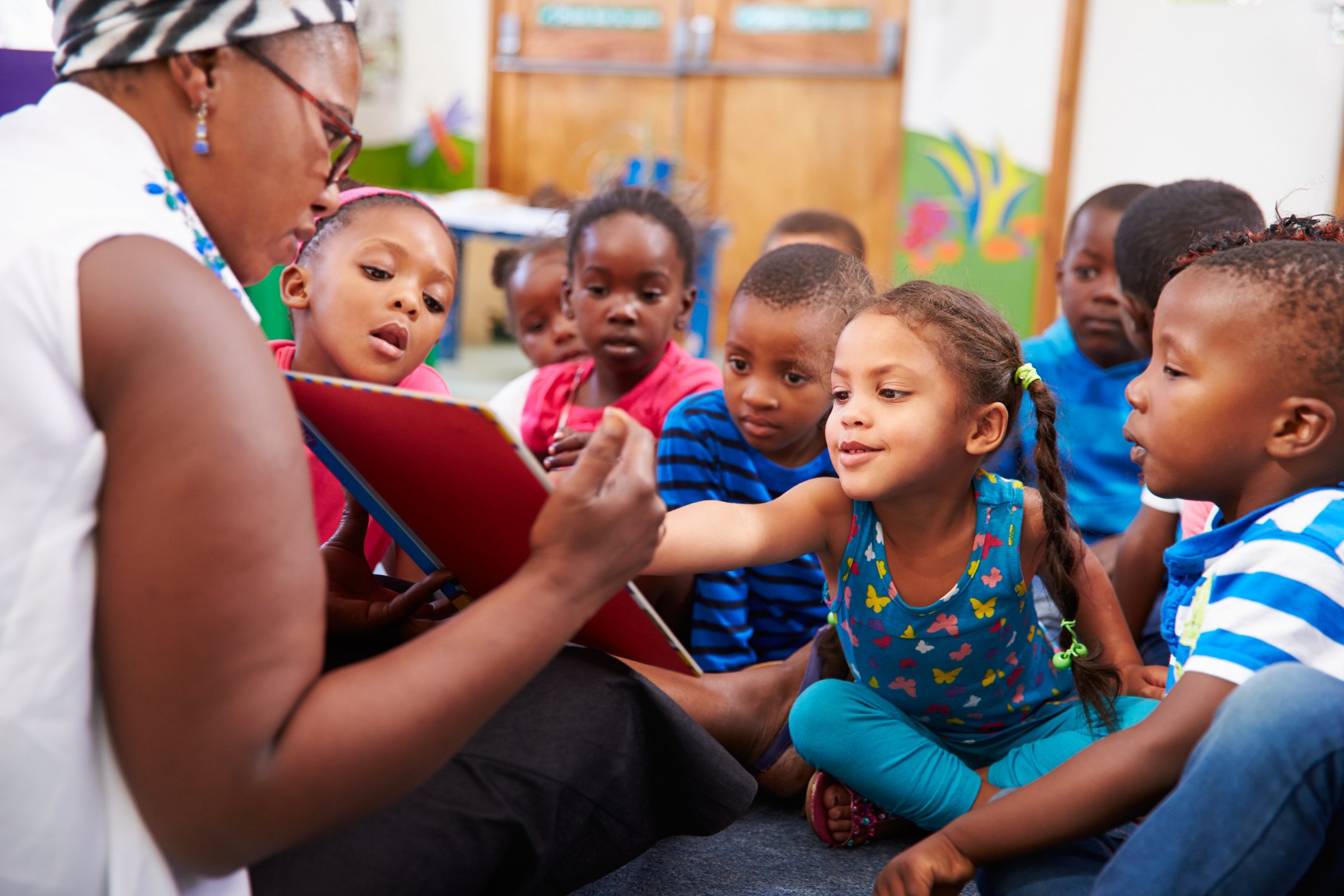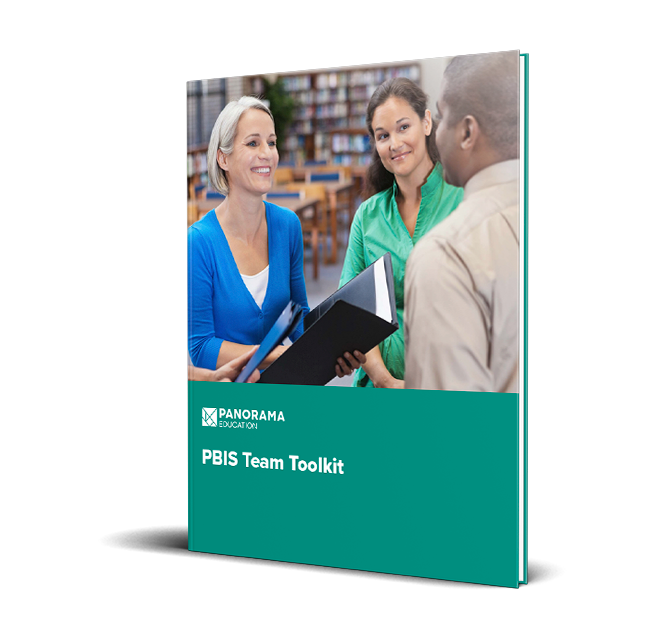Take a minute to think about what a positive school climate means to you. How do the students behave? How do adults behave? What kinds of relationships do people have? Now, what do you think it would take for your school or district to get there?
Behavior is top of mind for educators across the country, and many school districts are implementing a PBIS framework (Positive Behavioral Interventions and Supports) to address student behavior through systemic change. According to the Center on PBIS, when the framework is implemented well, it benefits all facets of school life:
- Students achieve improved social and academic outcomes.
- Schools see fewer office discipline referrals and reduced use of exclusionary practices like suspensions.
- Faculty and staff members feel more effective.
What is Tier 1 Intervention?
Tier 1 intervention refers to universal, school-wide practices and strategies designed to support the behavioral and academic success of all students. It is the first level of a multi-tiered system of supports (MTSS), and is proactive rather than reactive.
The three-tiered system starts with Tier 1 school-wide expectations and supports established for all students and educators across all settings. Tier 2 and Tier 3 provide more targeted interventions when students need additional support.
The PBIS interventions a school or district implements at Tier 1 set the foundation for the entire system. These interventions focus on setting clear expectations for behaviors, and implementing procedures and practices for teaching the skills needed for positive behavior. Tier 1 practices rely on adults establishing the environment students need in order to succeed, and providing skill-building opportunities to address student misbehavior in a constructive way.
Here are seven easy-to-implement Tier 1 PBIS intervention strategies educators can use to promote positive behavior in and out of the classroom:
- Behavior-Specific Praise
- Visual Aids
- Positive Home Contact
- Take a Break
- Social Contract
- Active Supervision
- Pre-Correction
|
Key Takeaways:
|
Download a Tier 1 action-planning template in this PBIS toolkit.
PBIS Tier 1 Intervention Ideas
1. Behavior-Specific Praise
How many times a day do you find yourself saying “Great job!” to a student? Probably more than you can count. While positive praise like this is reinforcing for some students, you can make an even more powerful impact by giving behavior-specific praise.
Behavior-specific praise acknowledges desired behaviors with specific language about the observed behavior and the student(s) you are praising. Nearly 30 years of research on behavior-specific praise has shown that it can increase positive behavior in the classroom and boost academic success.
Behavior-specific praise helps students learn what positive, appropriate behaviors look and feel like, reinforces classroom expectations, and increases the likelihood of students engaging in expected behaviors in the future. This research-based strategy can be especially beneficial as a classroom management tool to address challenging behavior or disruptions, as it reinforces positive behaviors and makes repetition of desired behavior more likely in the future.
Behavior-specific praise includes three key components:
- A description of a positive social or academic behavior
- Specific identification of the student/group engaging in the positive behavior
- Use of an authentic, positive, and warm tone of voice
You can use this strategy with any age group of students, from elementary to high school. The following are examples of behavior-specific praise:
- “Table 2, thank you for taking out your math books when I asked!”
- “Janelle, thank you for keeping your hands to yourself.”
- “Thanks for keeping your phones away during class, everyone. Today’s lesson had some really important information, and it’s great that you all paid close attention.”
- “Ezra, great job lining up quietly!”
It’s important to note that some students are uncomfortable with being praised publicly and prefer one-on-one conversations. When giving behavior-specific praise to individual students, try to have these conversations in a more private setting.
2. Visual Aids
Visual aids serve as quick, consistent reminders for students that help them navigate life in the classroom: what supplies are needed for activities, the flow of the day, or behavior expectations. Educators can remind students to check the visual reminders, helping them develop independence instead of relying on asking teachers for information.
Visual aids can include:
- Visual Timers: Many students, especially those who are still learning to tell time, do not have a strong understanding of time management. Using visual timers can show students how much time they have left to work on something, so when you say “five more minutes,” they understand what that means! There are many options available for visual timers. You can choose to use a physical timer, or an online timer.
- Visual Schedules: Writing the day’s (or class period’s) schedule on the board, or using accompanying pictures, can help students build independence, understand expectations, and ease anxiety for students who are unsure about what’s coming next.
- Visual Reminders: Are there certain supplies students need to keep with them during the day, or as part of a specific lesson plan? Maybe you have a list of classroom expectations you would like students to remember. Keeping visual reminders, like a photograph of the supplies needed or a poster of the expectations, can help students remember what is expected of them and develop positive habits.
3. Positive Home Contact
Courtesy of GiveThx
Tell a student’s family something that you are grateful to their child for. Expressing thanks for a student's behavior to a student’s family shows that the educator values the student and behavior. This reinforces both the behavior and the relationships between educator, student, and family.
- Select a student to celebrate in this way. Think of something they did or a way they behaved that contributed positively to the class.
- Call, text, or email the student’s family. Share the student’s positive action or behavior in the form of gratitude for what it contributed to the class. This action can be especially impactful for families who may expect critical communication from the school.
- Leaving a phone message or writing an email provides the family with something concrete they can re-share with their child and refer back to.
- Aim to make this a daily routine by contacting one family per day.
4. Take a Break
Brain breaks help reset our minds and bodies when we’re feeling unfocused and allow us to get back to work. These breaks can be physical, like doing some jumping jacks or going for a quick walk, or mental, like a word puzzle or breathing exercise. Giving individuals or groups of students opportunities to take a brain break during the school day can replenish the attention, motivation, and energy levels needed to keep learning. Students also learn better when lessons are broken up into smaller segments.
The most effective brain breaks are intellectually stimulating and completely remove the student’s thinking from the previous activity. This is especially important when using a brain break as a redirection from a distressing emotional situation, as some break activities aren’t sufficient to keep a student from ruminating on the problem. In these situations, using mind puzzles like crosswords or Sudoku, or something physical such as following along with a dance video, can be helpful.
5. Social Contract
Courtesy of CharacterStrong
Establish an agreed-upon set of classroom values, expectations, and consequences that all students help create and sign. A social contract gives students a voice in creating their own class environment and deciding how their ideal class should look, sound, and feel. It also serves as a classroom management tool for addressing challenging behaviors with clear, logical consequences that the teacher and students have already agreed upon. Social contracts should be responsive to and inclusive of student needs.
- Share Context About the Contract (5-10 minutes): Share with the class that, because you believe all people in the room should have a voice in how the class functions, you are all going to work together to create a set of classroom expectations. Explain that this will become a contract that everyone signs, and that it will be posted up as a reminder of what they created together and agreed to as norms.
- Posing Questions for the Contract (5-10 minutes): Ask students to individually respond to the following questions. They can use both words as well as images to help paint a picture. (Remind students that they need to be realistic when responding because we really want to use their ideas.)
- How do you want to be treated in class? What does that look/sound/feel like?
- How do you believe I want to be treated as your teacher? What does that look/sound/feel like?
- What does the ideal learning environment look/sound/feel like?
- Group Work + Share Out: Have students share their ideas with each other and see if they can create a single inclusive vision for each question. Ask groups to share out as a class, asking a few students to volunteer to write the key words and phrases on the board.
- Collaborate to Create the Contract: Work together as a class to summarize their ideas into a class contract that is posted on the wall, then have everyone in the class sign.
6. Active Supervision
Having staff actively engaged with their students in all aspects of their day is integral to the success of positive behavior. Student interaction does not only happen in the classroom; it involves hallways, cafeteria’s, and recess. Staff should actively supervise students in common areas. This includes moving around, engaging with students, and being ready to provide immediate feedback on behavior.
Key components of active supervision include:
- Movement: Teachers or staff circulate throughout the environment in a systematic and unpredictable pattern to ensure they are visible and present across all areas. This deters negative behaviors and increases opportunities for interaction.
- Scanning: Adults frequently scan the environment, watching for signs of both positive behaviors and potential problem behaviors. This ensures early intervention when necessary and recognition of desired behaviors.
- Positive Interactions: Staff actively engage with students by offering positive feedback, encouragement, and reinforcement when they observe appropriate behavior. This strengthens positive behavior and builds rapport.
- Prompting and Redirecting: Staff use clear, calm, and consistent prompts or reminders to encourage desired behavior. If needed, they redirect inappropriate behavior promptly to minimize disruptions and keep the focus on positive actions.
- Consistency: The expectations and responses are consistent across all staff and settings, helping students understand and internalize the desired behaviors.
7. Pre-Correction
Pre-correction is a powerful PBIS Tier 1 strategy that helps prevent problem behaviors by setting clear expectations before a potentially challenging situation, like during transition times. It's a proactive approach to remind students of desired behaviors before they encounter a situation where misbehavior is more likely.
For example, you can remind students “Before we head to the assembly, let's remember to walk quietly and sit respectfully.”
Key steps include:
Identify Potential Problem Areas: Teachers or staff anticipate situations where students might struggle to meet behavior expectations (e.g., transitions, assemblies, lunchroom, group work).
Clearly State Expectations: Provide a short, specific reminder of the behaviors you want to see. Use positive language to set students up for success.
Practice When Needed: For complex or new routines, a brief practice session may help students understand what the expectations look like in action.
Monitor and Reinforce: During and after the transition or event, watch for positive behaviors and provide reinforcement (e.g., praise, acknowledgment).
Data-Based Decision Making
To better understand behavior trends in your whole district, district leaders can collect and review data on behavior patterns. Having data to back up theories can help create plans for how to improve student behavior. Tools with behavior logging capabilities are instrumental in creating an effective PBIS program.
|
Frequently Asked Questions:
|
Want more Tier 1 strategies?
Download a PBIS intervention menu template in this toolkit!


.jpeg)

.png?width=200&name=GiveThx-horizonal%20(1).png)




